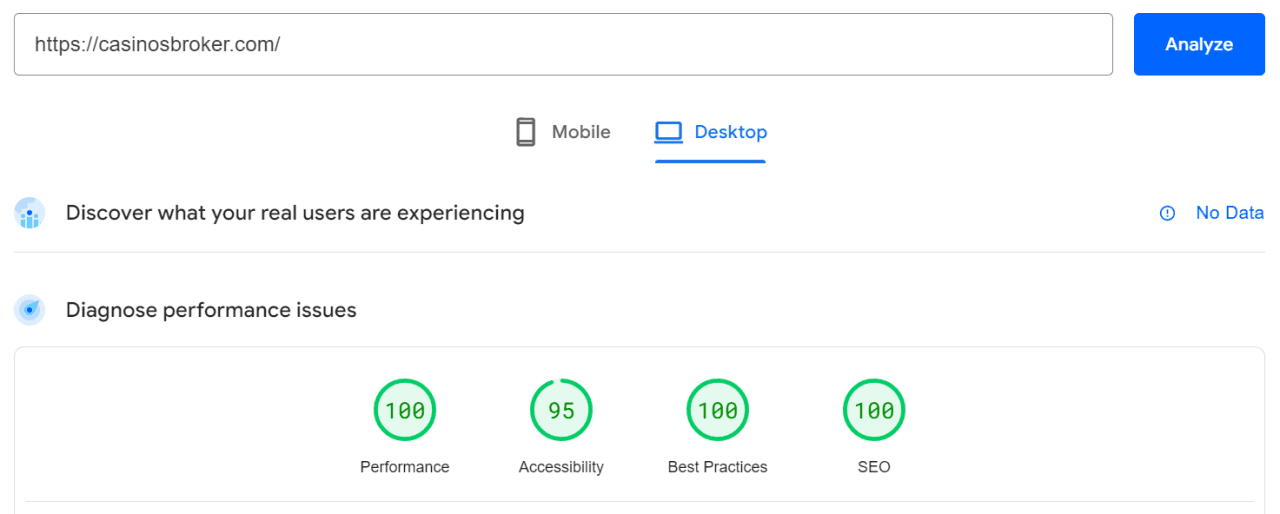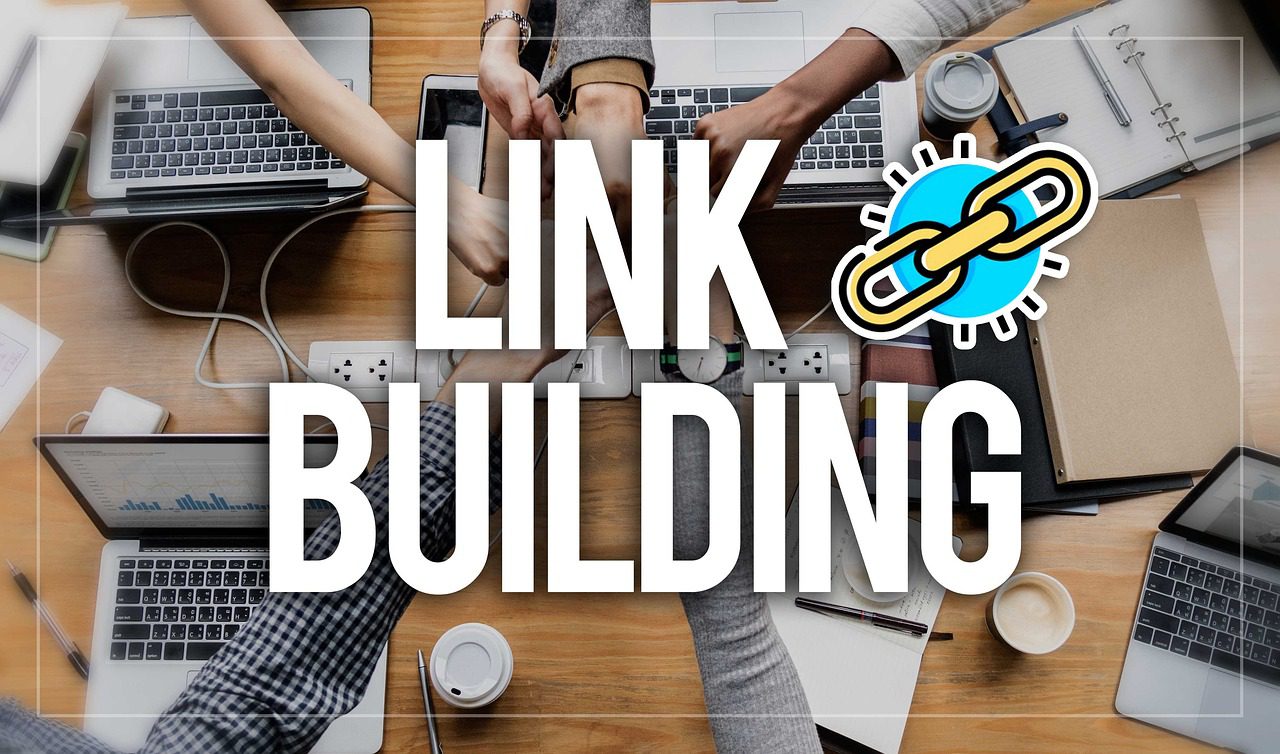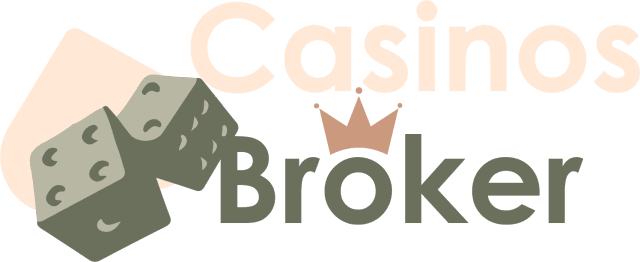Doing your research is a crucial step in purchasing any business. The buyer should investigate a number of factors for website due diligence, such as copyright, revenue, profit, etc. Search engine optimization (SEO) is one component of due diligence that is frequently disregarded, or at the very least, not given adequate attention.
Using a 10-question checklist, this post will go into detail about which SEO-related factors you should look at during due diligence.
By providing answers to these questions, you can be confident that the internet business you’re purchasing won’t come with any unpleasant surprises later on and will also help you determine its actual worth.
What Is SEO Due Diligence?
The state of a website’s search engine optimization is assessed through SEO due diligence. It entails evaluating backlinks, technological aspects, and content quality that could have an impact on the functionality and earnings of the website.
SEO due diligence, in addition to other forms of due diligence, guarantees that purchasers are aware of the worth of a website because they may be responsible for any risks that arise after an acquisition.
Why Is SEO Due Diligence Important?
Due diligence in SEO is crucial since it guarantees a more accurate assessment and aids in determining how long organic search traffic and revenue will last. Buyers can find technical problems, weak backlinks, thin and low-quality content, and other concerns with the aid of proper due diligence.
By being aware of these concerns, you can avoid purchasing a website that appears solid but actually carries hidden dangers that could have a detrimental impact on the company after acquisition.
Performing appropriate due diligence as a buyer reduces risk. You may be sure that traffic, rankings, and other metrics are stable and ready to rise if the website has good SEO.
10-Question SEO Due Diligence Checklist
1. What Is the Current Organic Search Traffic, and What’s the Trend?
Examine the organic search traffic to the website over the past month, six months, year, and overall.
Ideally, traffic should be steadily increasing over time, resembling the S&P 500. If traffic is stable and ranks for valuable keywords, it isn’t always a cause for concern if it doesn’t grow on a regular basis.
Due to data accuracy, use the appropriate SEO tools to research traffic (e.g., Ahrefs, SemRush, but ideally Google Search Console).
Although they are fantastic, third-party SEO tools aren’t totally accurate. You should be granted viewing access to Google Search Console if you are trying to purchase the company. This will give you the most up-to-date information on clicks, impressions, click-through rates, and positioning.

Determine if traffic has been consistent, increasing, decreasing, or fluctuating. Inquire about the specifics (e.g., was there a manual penalty or did the Google Helpful Content Update cause a significant decline?).
It’s critical to find out the owner’s justification by asking why. Dips in traffic are normal (macroeconomic issues can cause dips in the S&P 500 as well), but you should seek for recovery from these dips and inquire as to why they happened. Or inquire as to why traffic hasn’t recovered yet.
2. What Keywords Is the Website Ranking For?
To find out the keywords the website is ranked for, use an SEO tool.
With Ahrefs, for instance, you can see the keywords that the website ranks top for, their average volume of searches, and their “cost-per-click,” or the amount of money advertisers pay for each click on the phrase.

Verify whether the keywords are bringing traffic to the website and whether they are pertinent to the niche and content focus of the site. In an ideal world, a business that sells B2B affiliate websites would score highly for a valued and relevant term like “SEO agency tools.
High ranks for unrelated terms should raise red flags because they probably don’t improve the company’s financial performance but make for gaudy numbers.
Never ignore how long a keyword has been in the top spot. Be wary of screenshots showing a piece of content scoring highly because keyword positioning is subject to frequent revisions. Enter the keyword you’re researching into Google Search Console, then pay attention to where it appears over time. You can also look at the average positioning over time for a given URL or filter by country.

The graph above illustrates how stable this website has been over the past 12 months, with rankings for “medical search engines” showing it in the top 1-3 spots.
3. How Does the Website Perform on SEO Metrics like Page Speed and User Experience?
To assess website load speed and compare desktop and mobile performance, use tools such as Google PageSpeed Insights.
An optimal webpage loads as quickly as possible. The higher the PageSpeed Insights scores, the better.
In spite of not filling every box, a website can nevertheless score highly. However, a site should be changed if it loads considerably slowly (for example, taking more than five to six seconds), as this might negatively affect the user experience.

Verify the website’s mobile friendliness, look for HTTPS usage, and perform other fundamental technical configurations. These are the fundamentals, which should be alright, but it’s still a good idea to double check because improper implementation can lead to performance problems.
Conduct a thorough technical SEO audit to find any further areas of concern that might be problematic. A variety of technological problems could be slowing down the website, blocking material from being indexed, etc., so make sure everything functions properly and consider what resources could be used to address the problem after the acquisition.
4. What Does the Backlink Profile Look Like — Quantity, Quality, Relevancy?
To examine specific backlinks and referring domains, use Ahrefs Site Explorer.
An integral component of SEO are backlinks. Some contend they are the most significant, while others say they come in second place to substance. In any case, examine the website to find out which websites are linking to it.
Consider factors such as authority, relevancy, and the ratio of dofollow to nofollow links when evaluating the quality of the backlinks. An audience-relevant blend of dofollow and nofollow links from reputable websites is what you should ideally aim for.
Examine the types of links to determine if any dubious link-building techniques were employed, which would have put the site at risk after acquisition. Buy and farmed links to revenue-generating pages with excessively optimized anchor text are warning signs.
An example of a website with a lot of traffic and authority coming from other high-quality websites is shown below; this is a sign of a healthy website.

Additionally, we notice that the anchor text—the exact phrases that are linked—appear “natural” and don’t seem like spam but rather like sincere references to other companies or websites.

5. Is the Site Architecture Allowing Bots to Easily Crawl and Index Important Pages?
Finding out if bots can quickly access and index important pages on the website is crucial.
Run Screaming Frog to find any crawl issues (404s, blocked resources, etc.) that might be preventing bots from finding valuable content. These errors prohibit search engines from properly accessing content.

Look for anything that might be preventing high-value pages like product and service pages from being indexed, such as noindex tags, password protections, broken links, or other obstacles. Make sure that critical material, including these crucial money pages, may be readily indexed and crawled.
Bots are guided to important pages via an efficient site architecture with an obvious internal linking structure. Important pages may lose their natural visibility as a result of any problems.
6. Are There Any Red Flags/black Hat Tactics Used That Could Lead to Google Penalties Post-Sale?
Examining an acquisition target’s link profile and any strategies that can expose the website to a manual penalty—even if one hasn’t happened yet—is crucial.
Look at the most popular referring sites and keep an eye out for excessive reliance on blog comments, web 2.0s, foreign domains, sponsored links, or other deceptive strategies used to raise ranks. For instance, it would be cause for concern if a sizable portion of backlinks were from subpar Web 2.0 properties or blog comments with excessively optimized anchor language.
While some link-building is acceptable, aggressive tactics that go beyond Google policy ought to cause concern.
If a sizable amount of revenue comes from organic search, a penalty could have a substantial impact on the post-sale finances. Should the possible harm seem excessive, you might want to rethink purchasing the website at the suggested price.
7. How Unique and High-Quality Is the Content?
The king is content. Make sure that every piece of content on the website is reliable, authoritative, and factually correct. Particularly for YMYL issues, it should (ideally) be written and approved by subject matter experts.

Seek for low-quality, thin content that could worsen user experience; it could be massively created by machines, rife with errors, or unrelated to the purpose of searches.
Finding a competent editor is advised as manual content review is preferable to using “AI checkers,” which are infamously unreliable.
To verify crucial pages for plagiarism, use tools like Grammarly Premium or Copyscape. Examine the text for factual accuracy, referenced sources, distinctiveness, helpfulness, etc. as well.
Examine any instances of “keyword cannibalism” that can lower search engine ranks (i.e., several content pieces vying for the same target keywords/search intents). Keyword cannibalization isn’t always a terrible thing; in fact, it could present a chance to combine several content pieces into one that performs better and offers some immediate post-sale benefits.
8. How Sophisticated Is the Internal Linking Structure?
In addition to helping search engines crawl and index (display) pages, a strong internal link structure also distributes authority and equity among pages and—most importantly—adds pages that are valuable to the bottom line. Additionally, it develops a rational site architecture that enhances user experience and navigation. It also provides context for the page subjects.
Screaming Frog or a similar application should be used to map the connections between pages when you crawl the website in order to assess the internal link structure. Examine whether internal links and a logical user flow enable easy navigation to the most important content pages.
The term “user flow” describes how a user navigates a website and the ways internal links help them along the way. Some examples of this include linking from the home page to product category sites, individual product pages, and the checkout page where purchases are made.
Examine whether the use of anchor text is organically employed to convey context or if it is too optimized through exact match keyword stuffing. Anchor text that adds value for the user should be descriptive in a well-designed internal linking structure.
9. Are There Any Manual or Algorithmic Penalties Applied to the Site?
Google penalties, also known as “manual actions,” are applied to websites that violate Google Search Essentials. These actions have a detrimental impact on a website’s rankings and are determined by a human reviewer.
Check for any notifications regarding manual actions or penalties by visiting the Google Search Console account. It’s encouraging if there are none.
Never disregard any manual penalties that may be present.
To delve further:
- Examine the backlink profile and on-page SEO of the website to identify any material or links that may have caused a penalty that are spammy or manipulative.
- Examine the organic traffic and rankings of the website to determine whether any unexpected declines are related to changes in the Google algorithm. Notable declines can point to an automated punishment.
- Should you discover any previous fines, ask the website owners to provide evidence that the problems were appropriately resolved by requesting reconsideration and removing any irrelevant or low-quality links.
10. Who Handles SEO Currently, and What’s the Strategy?
It is essential to comprehend the website’s current search engine optimization strategy and resource allocation.
Find out if there are devoted employees, such as content managers or technical SEOs, and whether they will stay on after the acquisition by asking about the budget over time to assess commitment.
Site optimization, link building, and content production are examples of core priorities. It’s critical to comprehend the expenses and time commitments associated with the present organic growth initiatives.
Do they employ independent writers or use specialized article writing services? Determining if SEO is a priority or not will require you to have an understanding of budgets, personnel hours, and regular time investments. Acquiring this knowledge will enable you to project your potential post-sale expenses.
The Bottom Line
Due diligence in SEO is essential. When purchasing an online business, it reduces risk and aids in ensuring a precise assessment. A website’s SEO health must be examined if it relies on organic search traffic to bring in money.
The most crucial elements to evaluate are:
- The traffic over time and its relationship to earnings
- Which keywords are relevant to the website and how valuable are they?
- Variety and caliber of backlinks
- The architecture, functionality, and technical state of the website
- The caliber of the material
The ideal situation would be to observe consistent, rising, pertinent traffic that rises in direct proportion to rising sales or profits.
Consider hiring a consultant or firm to do a professional SEO audit if you lack experience with SEO or just need greater assurance.
By employing the services of CasinosBroker, you may save even more time.
They assist in evaluating a few of the items on this checklist when screening online businesses for sale on their marketplace; this greatly simplifies the process.
However, there is a significant distinction between assessing a site and conducting exhaustive due diligence, so before agreeing to an acquisition, make sure you answer all of the questions on this checklist.
Frequently Asked Questions (FAQ) regarding SEO Due Diligence
Why is Google Search Console access considered “non-negotiable” compared to third-party tools?
While third-party tools like Ahrefs or Semrush provide excellent competitive intelligence, they rely on estimations and scraped data. Google Search Console (GSC) provides the actual data straight from the source. For an investor, relying solely on third-party tools is like buying a house based on a Zillow estimate rather than a professional inspection. GSC reveals manual penalties, exact click-through rates, and specific indexing errors that third-party scrapers simply cannot see.
How does SEO due diligence differ specifically for iGaming and Casino affiliate sites?
The stakes are higher in iGaming because it falls under Google’s “Your Money or Your Life” (YMYL) category. This means Google holds these sites to a much higher standard of E-E-A-T (Experience, Expertise, Authoritativeness, and Trustworthiness). During due diligence for iGaming assets, you must scrutinize the backlink profile more aggressively for “churn and burn” PBN (Private Blog Network) links and ensure the content is compliant with local gambling regulations, not just SEO best practices.
Is a history of traffic drops a deal-breaker for an acquisition?
Not necessarily, but it requires a “price correction.” If a site suffered a hit from a Core Update, it represents a distressed asset. If you have the in-house SEO expertise to rehabilitate the content or disavow toxic links, you might acquire the business at a lower multiple and flip it for a profit. However, if the drop is due to a permanent manual penalty for severe spamming, the asset may be “burned” and not worth the risk.
How much weight should I give to “AI Content” during the audit?
Proceed with caution. While Google does not penalize AI content simply for being AI, it does penalize unedited, mass-produced content that lacks unique value. If the target website has scaled its traffic entirely on thousands of unedited AI articles, it is sitting on a fragile foundation that could collapse in the next algorithm update. Always verify that there is a human editorial process in place.
Can I perform SEO due diligence myself, or do I need an agency?
If you are purchasing a small asset (under $20k), a self-audit using the checklist above is often sufficient. However, for six-to-seven-figure acquisitions, specifically in the competitive iGaming space, the cost of a professional technical audit is a fraction of the potential loss from buying a “lemon.” Professional auditors can spot cloaking, sophisticated link schemes, and canonicalization issues that are invisible to the untrained eye.





